#dominica culture
Explore tagged Tumblr posts
Text
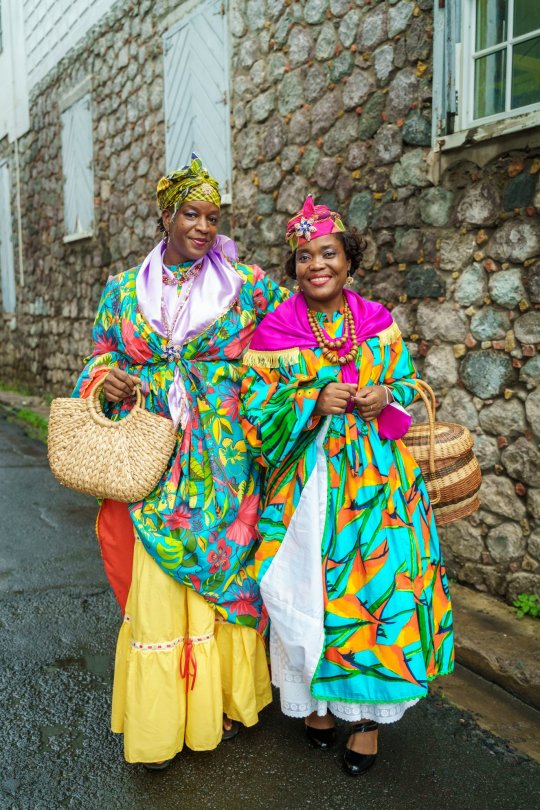
Dominican women, Dominica, by Discover Dominica
#dominican#dominica#carribean#america#folk clothing#traditional clothing#traditional fashion#cultural clothing
350 notes
·
View notes
Text
29 notes
·
View notes
Text
#caribbean#caribbean culture#caribbean women#caribbean woman#caribbean gyal#wine#dance#bouyon#asa banton#shake your pampalam#dominica#melanin#black#black women#black woman#black women are beautiful#black is beautiful#beautiful#beautiful women#beautiful woman#west indies#west indian
16 notes
·
View notes
Text

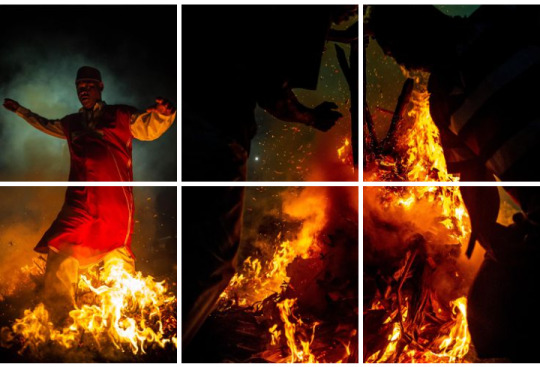
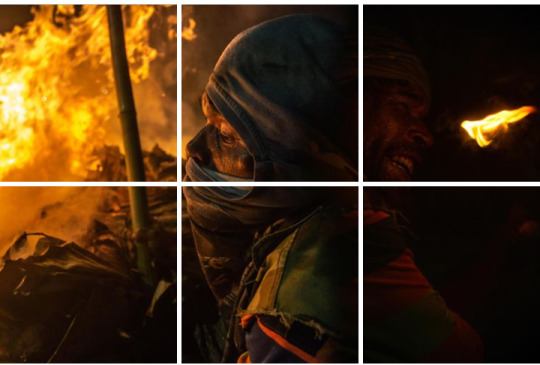
#caribbean creatives#dominica#dominican culture#tewey vaval#kalinago territory#kalinago#indigeenous caribbean#thesilvabrand#the silva brand#kharlen jervier#dominican photographers
3 notes
·
View notes
Text
f*ck DM/DA made it onto that countries poll. God give me the strength not to touch that sh*t bc half the things on here are not even things that are significant in the island anyway/are stereotypically associated with us and it needs to stop
#dominica#'steel drums' traditionally called steelpan + invented in T&T. sure it's popular in DA in cultural music but it was invented in T&T#'volcanoes' we haven't had one erupt in what. 1000+ years. it is a volcanic island we have black sand beaches that doesn't mean anything#is particularly active.#'island' yeah no sh*t Sherlock the f*ck do you think it is levitating somewhere in a flight path??????????#had to see someone in the reblogs be like 'oh it's the only nation to have purple in the flag' sorry no we share that distinction#with Nicaragua even tho with the latter it's blink and you'll miss it type sh*t#and the way most people are clicking 'gets confused with the DR'.................... we know this it doesn't make it hurt any less ffs
0 notes
Text
***New merchandise on etsy!*** Represent your favorite Caribbean country with this three pack of stretchy stackable bracelets. Made with 4mm glass seed beads. Bracelet is 8.5 inches in circumference and stretches. Cute gift or friendship bracelet.
#beaded jewelry#caribbean culture#jamaican jewelry#caribbean#jamaica#barbados#trinidad and tobago#dominican republic#haiti#suriname#st lucia#bahamas#guyana#grenada#st kitts and nevis#dominica#puerto rico#cuba
1 note
·
View note
Link
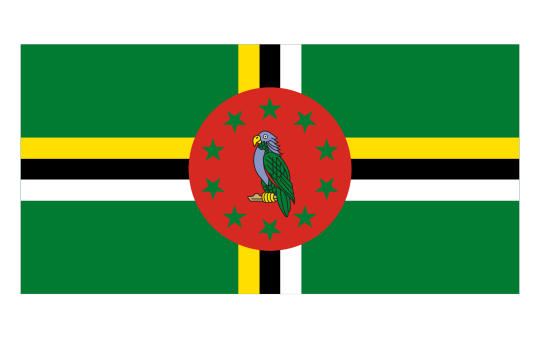
Sexypink - In bereavement.
#sexypink/Dr Alwin Bully#sexypink/Cultural icons of Dominica#sexypink/in bereavement#sexypink/Dominican history and culture#tumblr/history#tumblr/Dominican culture and history#tumblr/Dr Alwin Bully#Dr Alwin Bully#Dominican flag#Dominican history
1 note
·
View note
Photo

The #arts #strategy comes at a pivotal time for Jersey & Guernsey. The Government of Jersey has committed to investing in 1% of overall Government expenditure in Arts, Culture and Heritage from 2022. This represents a positive endorsement of the vital role arts and #culture play for the Islands. Moreover, it signals a commitment to increasing the capacity of arts and culture to deliver even more for an Island that has so many distinctive assets and qualities to build from. #smallislandshavegreatideas #zanzibar #taiwan #jamaica #corsica #dominica #barbados #martinique (à Channel Islands Co-operative) https://www.instagram.com/p/CoYLJU2L1PO/?igshid=NGJjMDIxMWI=
#arts#strategy#culture#smallislandshavegreatideas#zanzibar#taiwan#jamaica#corsica#dominica#barbados#martinique
0 notes
Text
#wine#dancehall#dominican#Dominica#bum bum#bum bum wall#st. lucia#st. lucia carnival#st. lucia carnival 2023#lucian carnival#caribbean#caribbean culture#carnival#masqueraders#Spotify
113 notes
·
View notes
Text

Stem(me) Lesbian Theory Masterpost
A stemme or stem lesbian is short for stud-femme lesbian. This is a Black lesbian term to describe lesbians whose mannerisms and gender presentation fall between stud and femme. This is a post of the key sources I've found:
Articles and Studies
John Jay College of Criminal Justice LGBTQ+ Terminology, Eli R. Green, 2003-2004)
'Stem – A person whose gender expression falls somewhere between a stud and a femme. (See also ‘Femme’ and ‘Stud’.)'
Lipstick or Timberlands? Meanings of Gender Presentation in Black Lesbian Communities, Three physical presentations of gender: Femme, gender-blender, and transgressive, Moore, Mignon R. (2006)
'Rather than a de-emphasis on femininity or masculinity, genderblenders combine specific aspects of both to create a unique look.'
Selection from "Black lesbian gender and sexual culture: celebration and resistance," by Bianca D.M. Wilson, published in Culture, Health & Sexuality, Vol. 11, No 3, April 2009 - Taken from belowdesire reblogged by princessrococco on Pillowfort
'Despite a consistent description of femme and stud at the extremes of lesbian gender expression, participants also discussed several labels that fell between the ultra femme-hard stud ends of the continuum, such as ‘soft stud’ and ‘aggressive femme’. Labels like these represented lesbians that blended both masculine and feminine ways in their public expression and/or sexual behaviours, but with a purposeful leaning toward more masculine or feminine identity.'
Lesbian Identity: Stemme, Nell S., 6th Nov 2009
'A Stemme is the in-between identity of a Stud and Femme. She is apart of both groups and her identity is subject to change at anytime. A Stemme identity is often referred to as the transitional stage; however, some lesbian women remain a Stemme because they enjoy representing male and female dominance."'
STORY OF INTEREST: Lesbian Speaks Out, Dominica News Online, April 12th 2010
'"one who could switch up one day, she could be a femme and other occasions dress like she has a li’l hood, li’l ghetto inside her; a stemme – part femme part stud a tomboy"'
Good gay females and babies' daddies: Black lesbian community norms and the acceptability of pregnancy, Sarah J. Reed, Robin Lin Miller, Maria T. Valenti & Tina M. Timm, 21st April 2011
'Stemmes presented themselves one day as femme and another day as stud; as such, they were visibly unrecognisable unless they divulged their gender identity. Stemmes expose the amorphous nature of gender identity and are invisible – silenced, ostracised or prescribed a gender identity.'
“It Ain’t All as Bad as it May Seem”: Young Black Lesbians’ Responses to Sexual Prejudice, Sarah J. Reed and Maria T. Valenti (2012)
'Stemmes, often blatantly ignored, derogated, or even physically threatened because of their vacillating gender identities, often made use of this strategy: "…if they wanted to act like a femme that day, they could get pleasured. If they wanted to act like a stud that day, they can pleasure. They got the best of both worlds actually. To me, that’s how I see it." '
Labelling, Butch, Femme Dyke Or Lipstick, Aren't All Lesbians The Same?: An Exploration Of Labels And "Looks" Among Lesbians In The U.S. South, Danielle Kerr, (2013)
'Short Dawg said, "A stem, for me, is a little mixture of a lot of different things. One day you can be super feminine, and the next day you can be not so feminine."' 'Jessica states: They [stem] might…have hair. They might not go straight to cutting their hair, or they might have haircuts, and some stems have short little afros, natural things.'
Good and Messy: Lesbian and Transgender Identities by Matt Richardson, taken from forum: Lesbian generations, L.J. Rupp, Nan Alamilla Boyd, R. Vanita, M. Richardson, S. Stryker (2013)
'“Stem” (or the combination of “stud” and “femme”) is a Southern African American term for someone who identifies as masculine and feminine.'
'Cultural Factors in the Adherence to Traditional Gender Roles in the Same-Sex Relationships of Black Women, Bianca D. Christian (2019)
'Stem. Another important term to consider in this subgroup is “Stem,” which is a term that is also almost exclusively utilized in the Black lesbian community. This term is a conglomeration of the aesthetics of the “Stud” and “Femme.” Often these women can appear very feminine one day and then appear very masculine the next day. Some of these women can also style themselves with both aesthetics simultaneously. '
Videos
WTH is a Stem?? - Amberscloset (2013)
The Black Lesbian Handbook: The Stem (2015)
#stem lesbian#stemme lesbian#stem positvity#stemme positivity#black lesbian#black lesbian history#lesbian history#sapphic history#lesbian#studfemme#studfem#stem#stemme#masterpost#theory#queer theory#lgbtqia#black lgbtqia#black lgbt#lgbt
63 notes
·
View notes
Photo

A Roman Trail in the Moselle Valley
The Moselle Valley is Germany's oldest winegrowing region. The Romans brought viticulture to this area and planted vines along the Moselle River 2000 years ago. After settling the region c. 50 BCE and establishing the city of Trier (Augusta Treverorum) in 17 BCE, a Gallo-Roman culture developed in the territory of the Belgic Treveri tribe that inhabited the valley in what is now Luxembourg, southeastern Belgium, and southwestern Germany.
Between Trier and the junction with the Rhine at Koblenz, archaeologists have found remains of Roman estates, temples, mausolea, and wine presses. They constitute the largest concentration of Roman ruins north of the Alps.
The Moselle River owes its name to the Romans, who called it Mosella or 'little Meuse'. It is one of the longest of the Rhine's tributaries at 545 kilometres (339 mi). The extensive cultivation of vines on its slopes is well-attested in the poem Mosella written by the 4th-century CE Gallo-Roman poet Ausonius (310-395 CE). Ausonius praises the Moselle for its clear waters, fish, quality vineyards, and people. He dwells on its beauty, which is impressive in the glow of the setting sun.
Here one sees the sky without branches twined together, green and dark, buried in fog, here the brightness of daylight never hides. I saw this land of well-tended fields and estates set on hills and cliffs green with vines and hedges running across the slopes like schoolboys at play and murmuring below in the valley, the Moselle, my new-found river hurried along. The pleasant scene recalled to me my distant home, Bordeaux. May I pay my respects to the river praised by every man working in his field? You bring the honour of empire to Trier.
Ausonius, Mosella (Translation by Harold Isbell, 1965 CE)
The Moselle Valley in the Rhineland-Palatinate and Saarland regions of Germany has majestic landscape, hilltop castles, picturesque villages, vineyards, and savoury wines to draw visitors. The region is also a testament to the Gallo-Roman era north of the Alps, with 100 Roman sights showing aspects of Roman life.
The cross-border cultural route "Straßen der Römer" (Roads of the Romans) connects these sights thanks to well-developed archaeological hiking trails and paths. Impressive reconstructions and excavated sites are waiting to be discovered. Descriptions of archaeological monuments provide walkers with access to a thousand-year-old cultural landscape.
Find the best places to visit in this region with our list of the top Roman attractions in the Moselle Valley. For lesser-known Roman sights and museums, including those in Luxembourg, check our map below.
Roman Villa Borg
The Villa Borg is a reconstructed Roman villa rustica located in the village of Borg in Saarland. The complex illustrates how pleasant life was for the Roman elite 2,000 years ago. Visitors can wander the 7.5-hectare (18-acre) estate and learn about Roman daily life while visiting the fully functional baths, recreated gardens and kitchen, and archaeological museum.
Only the pars dominica, the residential area exclusive to the master (dominus) and his family, has been excavated. Excavation work is being carried out in the area of the pars rustica - the space reserved for servants and workers of the farm - and can be visited during the opening hours of the Villa Borg.
The Villa Borg has a year-round programme of events and festivals, including 'Exclusive bathing evening,' 'Roman wine tasting with the slave Jatros', and 'Cooking like the Romans'.
Opening times: Every day except Monday. February-March: 11:00-16:00, April to October: 10:00-18:00, November 11:00-16:00. December, January closed.
Continue reading...
34 notes
·
View notes
Text
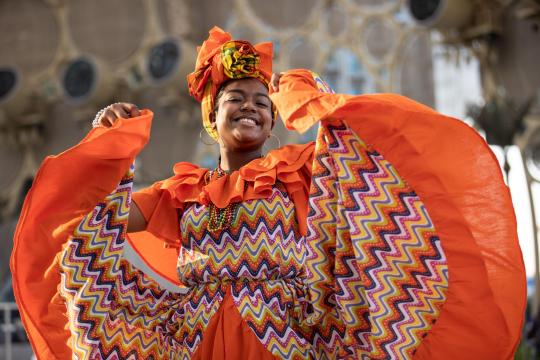
Dominican woman, Dominica, by virtualexpodubai
#dominican#dominica#america#carribean#folk clothing#traditional clothing#traditional fashion#cultural clothing
345 notes
·
View notes
Text





#dominica#dominica carnival 2024#carnival 2024#caribbean photographers#norris francois#norris francois jr#carnival culture#mmb
10 notes
·
View notes
Text
#asa banton#dominica#dominican#caribbean#caribbean women#beautiful#black#wine#caribbean culture#bouyon#black women#shake your pampalam#Spotify
27 notes
·
View notes
Text





0 notes
Note
what are the different regions that Britain conquered? I know that Wales and Ireland are two, but I don’t know where to begin of looking into the different cultures?
"Britain" never conquered Ireland, nor Wales or Scotland. The English invaded and occupied them, the concept of Britain did not exist at this time.
Britain also occupied:
Egypt
Sudan
South Africa
Nigeria
Kenya
Uganda
Ghana
Zimbabwe (formerly Rhodesia)
Asia
India
Pakistan
Bangladesh
Myanmar (Burma)
Malaysia
Singapore
Sri Lanka (Ceylon)
Hong Kong
Americas
Canada
United States (13 original colonies)
Jamaica
Barbados
Bahamas
Trinidad and Tobago
Guyana
Australia
New Zealand
Fiji
Papua New Guinea
Europe
Malta
Cyprus
Botswana (Bechuanaland)
Lesotho (Basutoland)
Swaziland (Eswatini)
Malawi (Nyasaland)
Zambia (Northern Rhodesia)
Tanzania (Tanganyika and Zanzibar)
India
Pakistan
Bangladesh
Myanmar (Burma)
Malaysia
Singapore
Sri Lanka (Ceylon)
Hong Kong
Maldives
Brunei
Yemen (Aden)
Iraq
Kuwait
Jordan
Palestine
Canada
United States (13 original colonies)
Jamaica
Barbados
Bahamas
Trinidad and Tobago
Guyana
Belize (British Honduras)
Bermuda
Saint Kitts and Nevis
Antigua and Barbuda
Saint Lucia
Saint Vincent and the Grenadines
Grenada
Dominica
Cayman Islands
Montserrat
Falkland Islands
Oceania
Australia
New Zealand
Fiji
Papua New Guinea
Solomon Islands
Vanuatu (New Hebrides)
Tonga
Samoa (Western Samoa)
Kiribati (Gilbert Islands)
Tuvalu (Ellice Islands)
Nauru
Europe
Malta
Cyprus
Gibraltar
United Arab Emirates (Trucial States)
Qatar
Bahrain
Oman (Muscat and Oman)
Seychelles
Mauritius
Maldives
Caribbean
Anguilla
British Virgin Islands
Cayman Islands
Montserrat
Turks and Caicos Islands
33 notes
·
View notes